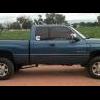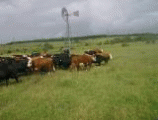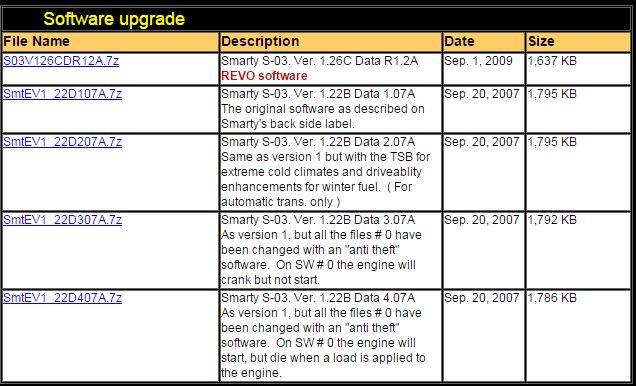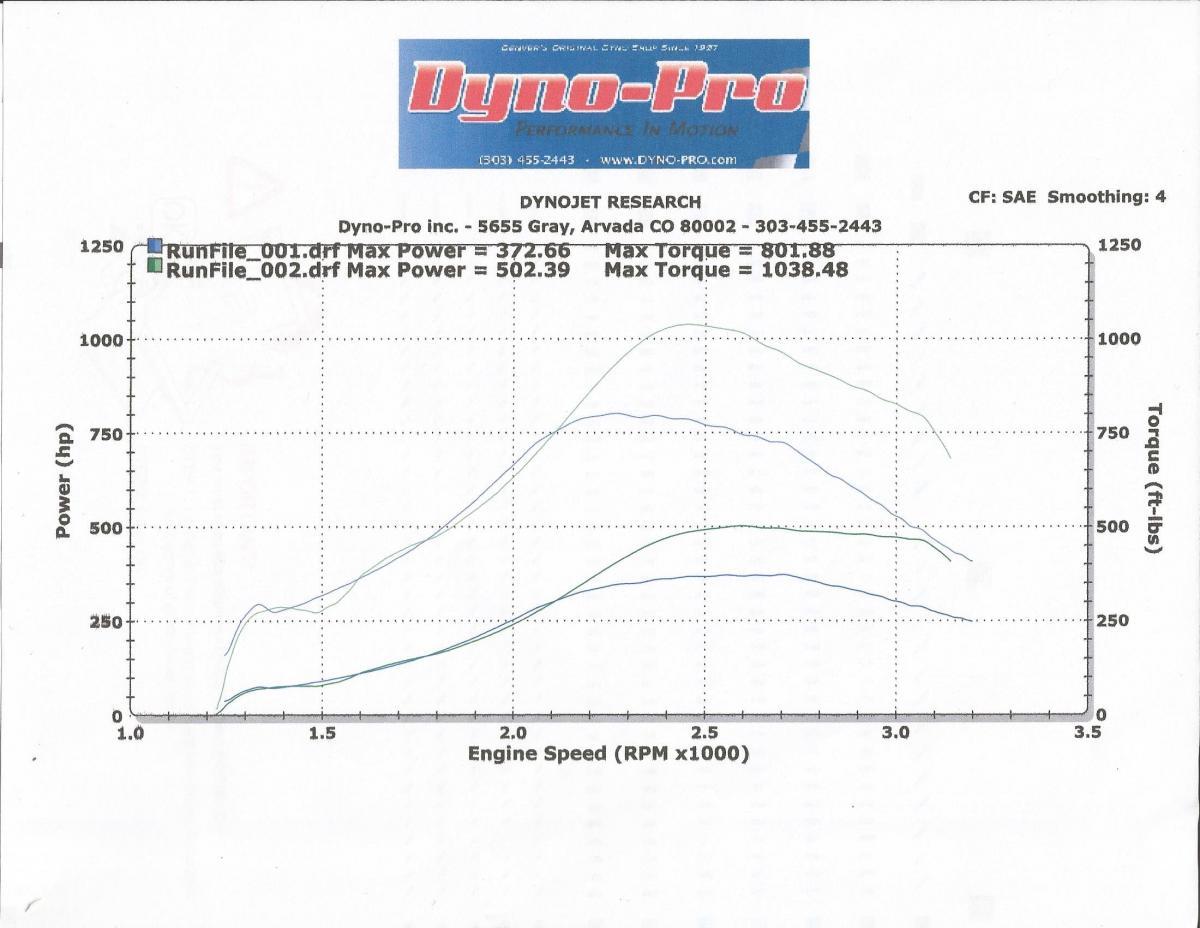- Replies 74
- Views 9.6k
- Created
- Last Reply
Top Posters In This Topic
-
 TFaoro 19 posts
TFaoro 19 posts -
 rancherman 11 posts
rancherman 11 posts -
 Wild and Free 10 posts
Wild and Free 10 posts -
 Mopar1973Man 8 posts
Mopar1973Man 8 posts




I should be hopping on the dyno this weekend (As long as my brother doesn't blow up his 05 first)
Couple of questions: Anyone have any thoughts on which level for a smarty only run? Any thoughts on which level for a smarty + TST run?
And for the fun part! Guessing
Give your guess for: Smarty only and smarty + TST My sig is up to date!